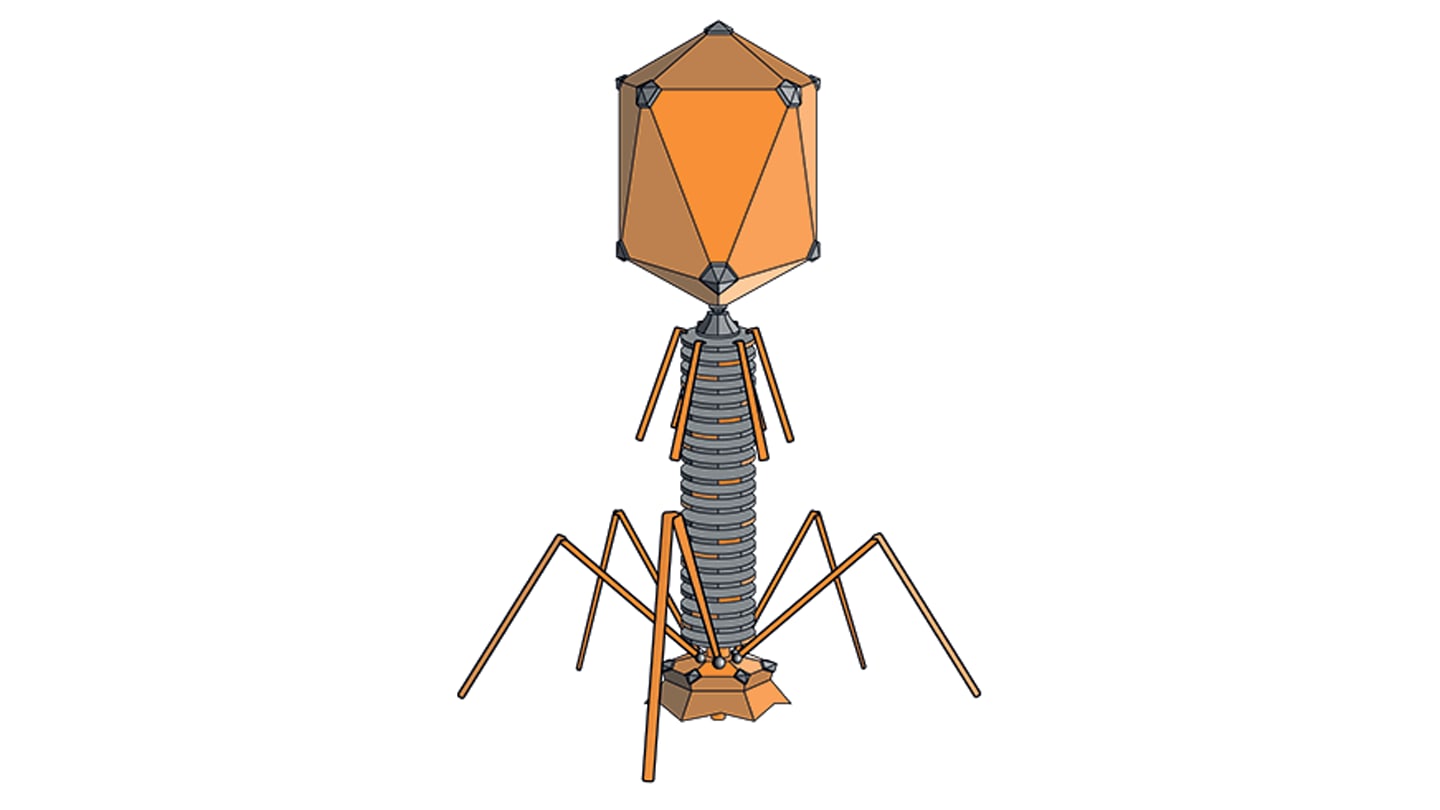
A team of engineers at the University of Pennsylvania has turned an infamous fungus into a potential drug candidate for leukemia. Aspergillus flavus is a toxic crop fungus, but has also been linked to deaths of archeologists that enter ancient tombs. For example, in the 1970s, 10 scientists died within weeks of entering the tomb of Casimir IV in Poland. Investigations discovered that the tomb contained A. flavus. It has been theorized that a similar fungus could also be implicated in the deaths of archeologists that opened King Tutankhamun’s tomb in the 1920s,
A. flavus has evolved a robust and flexible metabolic system, which includes a large number of cryptic gene clusters that are usually switched off. With the right genetic prompts, some of these clusters can be activated to produce entirely new chemical entities. The researchers used synthetic biology tools to coax dormant genes in the fungus into producing a new class of molecules called RiPPs: ribosomally synthesized and post-translationally modified peptides. These are structurally complex compounds, and until now, A. flavus wasn’t known to produce them.
After purifying the RiPPs, the team also discovered a group of molecules that “shared a unique structure of interlocking rings.” They have dubbed these molecules “asperipins” and found that they show activity against leukemia cells in early in vitro tests. This activity can seemingly be enhanced using lipids. The team also discovered that one gene SLC46A3, is essential to allowing the asperigimycins to enter leukemia cells in sufficient numbers.
“This gene acts like a gateway,” said Qiuyue Nie, postdoctoral fellow in Chemical and Biomolecular Engineering and first author of the paper. “It doesn’t just help asperigimycins get into cells, it may also enable other ‘cyclic peptides’ to do the same.”
In side-by-side comparisons, a few asperipin variants performed similarly to daunorubicin and cytarabine – chemotherapies used in treating certain blood cancers.
Natural products have long played a major role in drug development, but many microbial genomes, including those of fungi, harbor biosynthetic machinery that hasn’t yet been explored. While asperipins are still far from clinical application, the study suggests that combining lipid signaling with synthetic biology could be a powerful way to access new chemical scaffolds from old biological sources.




